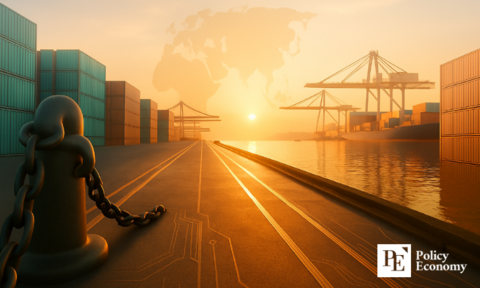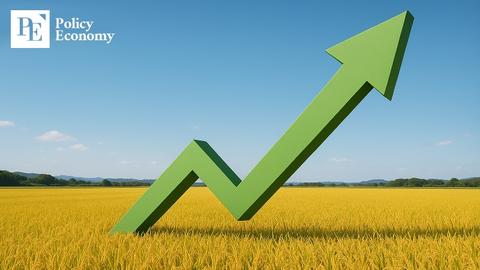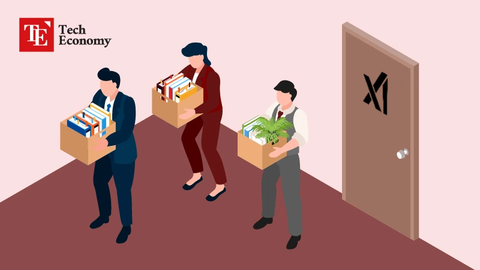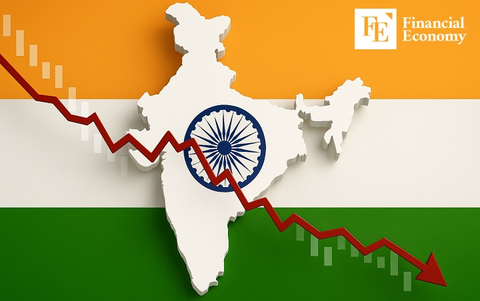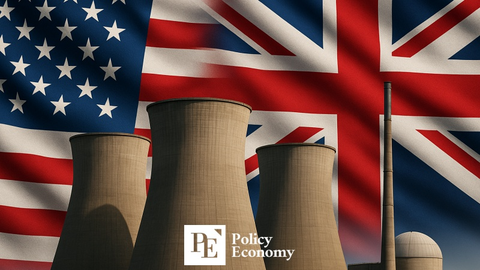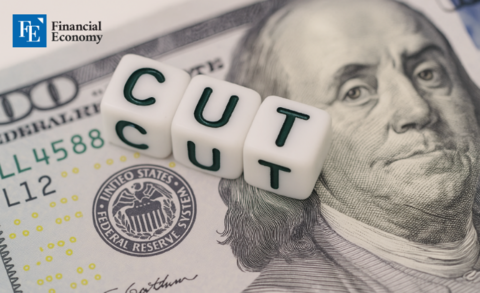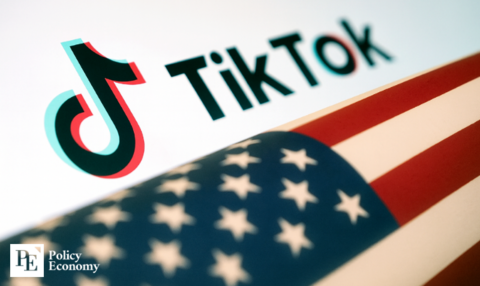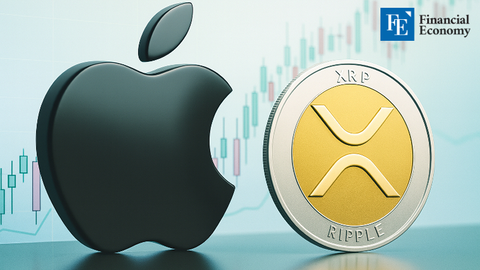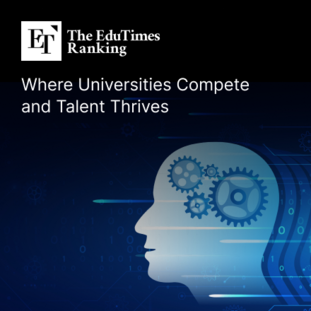Fed Raises Inflation Forecast and Lowers Economic Growth Expectations: Navigating Economic Uncertainty
Input
Modified
The Fed's Uncertainty and Inflation Concerns Economic Growth Projections Cut The Risks of Stagflation
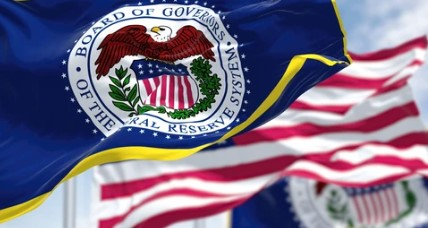
The Fed's Uncertainty and Inflation Concerns
In a move that signals growing concerns over the U.S. economy, the Federal Reserve has adjusted its forecasts, predicting higher inflation and lower economic growth in the near future. The Fed’s decision to maintain current interest rates, despite pressure from President Trump to cut them further, comes as the central bank grapples with the unpredictable economic climate exacerbated by ongoing trade tensions and global uncertainties.
The Federal Reserve's decision to hold interest rates steady is a significant one, especially considering the recent economic challenges faced by the U.S. under the Trump administration. In particular, the Fed has expressed concern about the possibility of higher inflation in the coming months, along with slower economic growth. While the Fed’s move to keep interest rates unchanged may come as a relief to some investors, others, particularly those aligned with Trump’s administration, may view it as a missed opportunity to stimulate the economy further.
The Fed’s revised outlook—coupled with its cautious stance on monetary policy—comes as it faces mounting pressure from various sides, including the White House, which has repeatedly called for lower interest rates to support growth. However, the Fed’s decision underscores the challenges faced by the central bank as it tries to balance short-term economic needs with the long-term health of the U.S. economy.
The Federal Reserve's updated forecast reflects an environment marked by uncertainty, both domestically and internationally. As the global economy grapples with the ongoing effects of trade tensions, particularly between the U.S. and major trading partners like China, the Fed has signaled that inflation could remain elevated in the near future.
The Fed's new inflation outlook suggests that the economy may see sustained price pressures, with inflationary trends likely to persist. Inflation, if left unchecked, could erode consumer purchasing power, making everyday goods and services more expensive. This, in turn, could have far-reaching consequences for American households and businesses, particularly those already struggling with rising costs.
In particular, the Fed’s inflation forecast highlights concerns about the potential impact of ongoing tariffs and trade restrictions, which could lead to higher costs for goods imported from other countries. These tariffs have already had a noticeable impact on the U.S. economy, with price increases across a range of industries. The Fed's move to raise its inflation outlook is, in part, a response to these external pressures, which threaten to further destabilize the U.S. economic recovery.
Alongside its inflation concerns, the Federal Reserve has also lowered its projections for U.S. economic growth. The Fed now expects the economy to grow at a slower pace than previously anticipated, with the likelihood of a protracted slowdown in the coming months.
The Fed’s revised economic growth forecast reflects a broader shift in economic sentiment, with many analysts predicting that the U.S. will experience slower growth in the wake of ongoing trade disputes and rising inflationary pressures. In particular, the Fed’s new outlook points to the continued uncertainty surrounding the global trade environment, particularly the impact of President Trump’s tariffs on both the U.S. and its trade partners.
While some of this economic slowdown can be attributed to global factors, much of the Fed’s revised outlook stems from concerns about the long-term impact of Trump’s trade policies. The tariffs and trade restrictions that have been a hallmark of the Trump administration’s approach to international trade are seen as potential roadblocks to sustainable economic growth. These policies have disrupted global supply chains, driven up prices for imported goods, and created uncertainty for businesses trying to plan for the future.
The combination of these factors—along with ongoing political instability and changes in international trade dynamics—has made it more difficult for the Fed to project a clear path forward for the U.S. economy. With inflation rising and growth projections being scaled back, the Fed is now faced with the challenge of navigating an increasingly turbulent economic landscape.
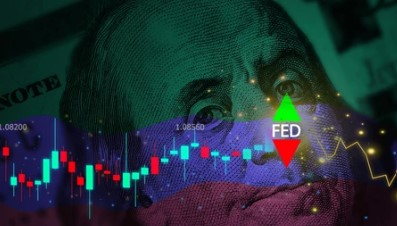
Economic Growth Projections Cut
Another major concern highlighted by the Federal Reserve in its latest assessment is the risk of stagflation. Stagflation, a term used to describe an economic environment characterized by high inflation and stagnant economic growth, presents a particularly tricky challenge for policymakers. When stagflation occurs, inflationary pressures can be difficult to manage, as raising interest rates to combat inflation can exacerbate economic stagnation, while lowering rates to stimulate growth can fuel even higher inflation.
The Fed has already expressed concerns about the potential for stagflation in the coming months. This is a particularly troubling scenario, as it would place the central bank in a difficult position—struggling to balance the need for economic stimulus with the need to curb inflation. In this environment, the Fed may have limited tools to respond to the challenges posed by stagflation, which could lead to prolonged economic stagnation and higher costs for consumers.
While stagflation has not yet fully materialized, the Fed’s cautious approach suggests that it is actively monitoring the situation. The risk of stagflation is a reflection of the broader economic uncertainty facing the U.S., which has been exacerbated by Trump’s trade policies, global supply chain disruptions, and rising inflationary pressures.
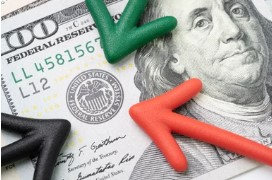
The Risks of Stagflation
The Federal Reserve’s decision to hold interest rates steady, despite pressure from President Trump to lower them, underscores the ongoing tension between the central bank and the White House. Throughout his presidency, Trump has consistently pushed for lower interest rates, arguing that they would provide a boost to the economy and help support job growth.
However, the Fed has repeatedly resisted these calls, citing concerns about the long-term consequences of artificially low interest rates. While lower rates may provide short-term relief, they can also fuel inflation and create financial instability over time. The Fed’s decision to keep interest rates steady reflects its commitment to long-term economic stability, even in the face of political pressure.
The political pressure on the Fed is not limited to Trump alone; it is also coming from members of Congress, particularly those who are aligned with the President’s economic agenda. Many GOP lawmakers have expressed concern that the Fed’s policies are hindering economic growth and hurting American businesses. However, the Fed’s independence from political influence remains a core principle of U.S. economic policy, and its decision-making is guided by economic data and long-term considerations, rather than short-term political pressures.
As the Fed navigates the complexities of a global economy that is increasingly shaped by trade tensions, political instability, and inflationary pressures, it will face difficult decisions ahead. The central bank's ability to manage inflation while supporting economic growth will be critical to the U.S. economy’s future trajectory.
In the coming months, the Trump administration will likely continue to advocate for policies that prioritize economic growth, including lower interest rates and trade policies designed to reduce the U.S. trade deficit. However, as the Fed’s latest forecasts suggest, the path to economic recovery is not a straightforward one, and the risks of stagflation and rising inflation will continue to pose challenges for policymakers.
The central bank’s ability to navigate these challenges will have a profound impact on the U.S. economy and its global standing. With global uncertainties on the rise, including the effects of the U.S.-China trade war and the ongoing effects of the COVID-19 pandemic, the Fed’s decisions will be closely watched by economists, politicians, and businesses alike.
The Federal Reserve's decision to hold interest rates steady, along with its revised inflation and growth forecasts, marks a critical moment in the ongoing debate over U.S. economic policy. While the Trump administration pushes for lower interest rates to support growth, the Fed is cautious, citing concerns about inflation, global trade tensions, and the risk of stagflation.
As the U.S. faces a period of economic uncertainty, the central bank’s decisions will play a key role in shaping the country’s economic future. The coming months will be crucial in determining whether the Fed can successfully manage the competing pressures of inflation, economic growth, and political influence. For now, the economy remains on a precipice, with the outcome dependent on the delicate balance between short-term economic stimulus and long-term stability.

